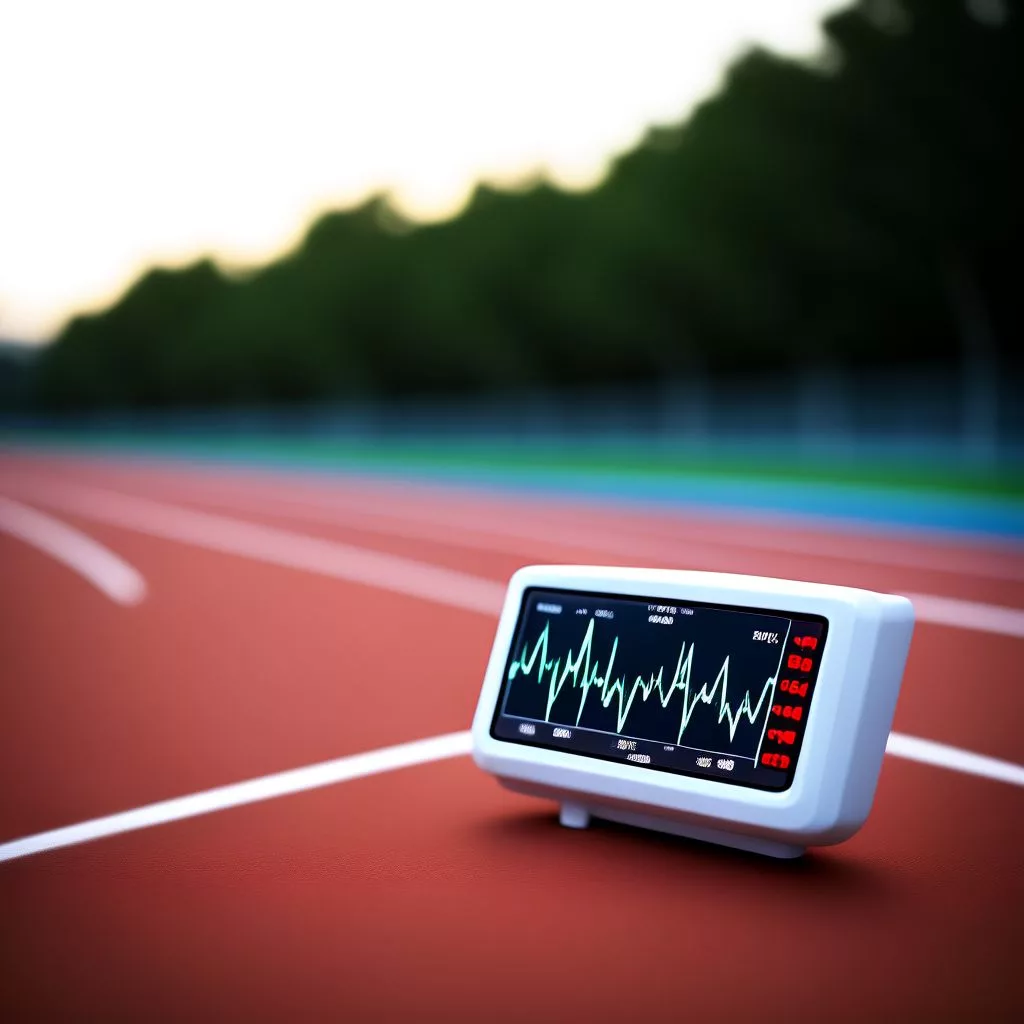Marathon running is thrilling but can hide serious dangers, especially for older runners. Heart conditions, dehydration, and heatstroke can strike unexpectedly, even in those who seem fit. The tragic case of Taryn Armour, who died during a race, reminds us of these risks and the importance of regular health check-ups. While many complete marathons safely each year, it’s essential to listen to our bodies and seek medical advice. Celebrating physical endurance must also include caring for our health and knowing our limits.
What are the hidden dangers of marathon running?
Marathon running poses risks like undiagnosed heart conditions, dehydration, and heatstroke, particularly for older athletes. Regular health screenings and awareness of physical limits are essential. While thousands run safely each year, tragic incidents highlight the need for comprehensive health monitoring and medical support during events.
A Tragic Reminder: The Case of Taryn Armour
The unexpected and heartbreaking death of Taryn Armour during the Totalsports Two Oceans Marathon has reignited a critical conversation: what leads seemingly fit and healthy athletes to collapse in the middle of a race? Armour, a 48-year-old wife, mother, and friend, tragically fell just past the 11-kilometer mark this past Sunday. Despite the rapid response of the on-site medical team, she passed away shortly after. Unfortunately, her story is not an isolated one. Over the past year, several marathon runners in South Africa, including participants in both the Comrades and Two Oceans marathons, have suddenly died during or soon after their events. These tragedies leave behind a trail of grief and confusion, prompting a closer look at the underlying causes.
Runners generally follow rigorous training routines, maintain balanced diets, and spend months preparing for these demanding events. So why do such tragic outcomes still occur? Experts suggest that while marathons are designed to push human endurance to its limits, they can also reveal hidden vulnerabilities, especially in the heart. For younger athletes, an undiagnosed cardiac anomaly, such as a thickened heart wall that went unnoticed during their youth, is often the culprit when they collapse without warning.
Unseen Risk Factors for Older Runners
For older marathoners, the risks evolve. Pre-existing heart conditions, whether unmanaged or undiagnosed, play a substantial role. Additional factors like dehydration, heatstroke, blood electrolyte imbalances, and underlying infections that weaken the body before race day are common contributors. Less frequently, medications, particularly those that affect kidney function, can disrupt the body’s response to extreme physical stress.
The 2022 Comrades Marathon highlighted these risks dramatically, with over 550 runners needing medical attention at the finish line. Most were treated for exhaustion, dehydration, or muscle strain. However, race medics observed that more severe collapses often involved cardiac complications or internal imbalances, which may have been silently progressing. Some runners had no previous signs of health issues, while others ignored symptoms like persistent fatigue, shortness of breath, or dizziness, mistaking them for pre-race anxiety or the effects of overtraining.
Despite these concerning cases, it’s crucial to recognize that marathon running is not inherently dangerous. Thousands of participants complete these races safely each year. However, these incidents emphasize the importance of regular health screenings, particularly for older or returning runners. Success in marathon running isn’t just about speed and stamina; it’s about understanding and respecting your body’s limitations.
Historical Context and Modern Implications
Historically, our understanding of the human body and its limits has evolved significantly. The concept of pushing physical boundaries dates back to ancient Greece, where athletes tested their endurance in the original Olympic Games. Even in those early competitions, there was an awareness of physical limits—a notion that modern sports sometimes overlook in the quest for personal bests and records.
In art and literature, the marathon symbolizes life’s journey, filled with trials and triumphs. The dedication and perseverance required to train for and complete a marathon reflect broader human experiences. However, unlike a narrative with a guaranteed resolution, the outcome of a marathon is uncertain, mirroring the unpredictability of life itself.
In contemporary times, the culture surrounding marathon running must evolve. While physical training, mental preparation, and nutritional planning are essential, a more comprehensive approach to health is necessary. This includes thorough medical check-ups and a heightened awareness of one’s physical state. Wearable technology plays a crucial role here, providing real-time data on heart rate, hydration levels, and other vital signs.
A Call to Action for Runners and Organizers
Marathon organizers bear significant responsibility as well. Enhanced medical support along race routes, pre-race health screenings, and educational initiatives about the risks of extreme exertion can make a considerable difference. These measures ensure that runners understand the importance of listening to their bodies and seeking medical advice when needed.
The stories of runners like Taryn Armour serve as poignant reminders that while pursuing athletic excellence is noble, it should never come at the cost of one’s health. The ultimate goal is not just to cross the finish line but to do so safely. In an era where health and fitness are often equated with extreme physical feats, it’s vital to remember that true wellness encompasses more than just physical prowess. It includes a deep awareness and respect for one’s body, a commitment to regular health monitoring, and the wisdom to recognize when to push forward and when to hold back.
In this light, the narrative of marathon running transforms from one of pure physical endurance to a broader tale of self-awareness, discipline, and holistic health. It becomes a story not just of reaching the end but of navigating each step with care, knowledge, and respect for the profound complexity of the human body. The legacy of runners like Taryn Armour, while marked by tragedy, also offers invaluable lessons that can help ensure the safety and well-being of future generations of athletes.
FAQ: The Hidden Dangers of Marathon Running
What are the hidden dangers of marathon running?
Marathon running presents risks such as undiagnosed heart conditions, dehydration, and heatstroke, especially for older runners. Regular health screenings and self-awareness about physical limits are crucial. While many runners complete marathons safely each year, tragic incidents remind us of the importance of comprehensive health monitoring and medical support.
Who is most at risk when running marathons?
Older runners are particularly vulnerable due to potential pre-existing heart conditions, dehydration, and heat-related illnesses. Additionally, factors like blood electrolyte imbalances and underlying infections can contribute to risks. Younger runners may also face dangers from undiagnosed cardiac anomalies, making health awareness essential for all age groups.
What happened to Taryn Armour during her marathon?
Taryn Armour tragically died during the Totalsports Two Oceans Marathon, collapsing shortly after the 11-kilometer mark. Despite immediate medical attention, she could not be saved. Her case highlights the unexpected risks even seemingly fit athletes face during marathons, prompting discussions about health monitoring for runners.
How can marathon runners stay safe?
Runners can enhance their safety by undergoing regular health check-ups, listening to their bodies, and recognizing symptoms like persistent fatigue or dizziness. Staying hydrated and being mindful of the weather conditions during races are also crucial. Incorporating wearable technology can help monitor vital signs, providing real-time feedback on heart rate and hydration levels.
What should marathon organizers do to ensure runner safety?
Marathon organizers should provide enhanced medical support along race routes, conduct pre-race health screenings, and implement educational initiatives about the risks of extreme exertion. These measures can significantly improve runner safety and promote awareness of the importance of health monitoring.
Why is it important to respect one’s physical limits in marathon running?
Respecting physical limits is vital for preventing serious health issues and ensuring that the pursuit of athletic excellence does not compromise well-being. Marathon running should focus not only on finishing times but also on a holistic approach to health that includes regular medical check-ups, self-awareness, and a willingness to seek help when needed.









